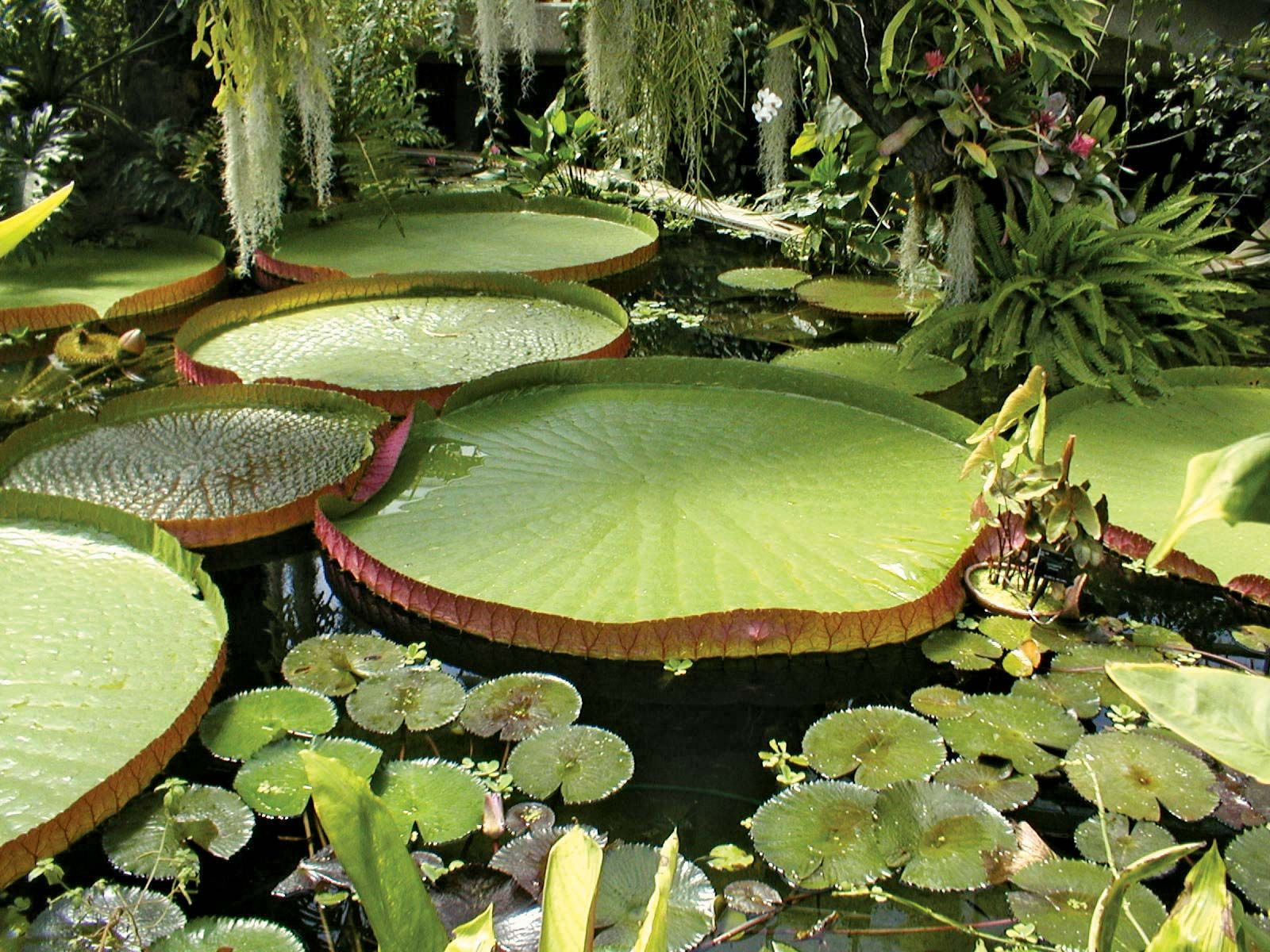Water lilies, belonging to the family Nymphaeaceae, are captivating aquatic plants celebrated for their stunning flowers and broad, floating leaves. This family encompasses several genera, each with unique characteristics and species that thrive in diverse aquatic environments around the world. Let’s delve into the major genera and species that constitute the Water Lily Family.
The genus Nymphaea is considered the quintessential group within the water lily family, often referred to as the water lilies proper or water nymphs. Comprising about 46 distinct species, Nymphaea is globally distributed and includes some of the most iconic water lilies. Among them is the North American white water lily, Nymphaea odorata, a common sight in ponds and lakes across North America. Known also as the pond lily, it is prized for its fragrant, pristine white flowers. Similarly enchanting is the European white water lily, N. alba. This species distinguishes itself with reddish-tinged young leaves and large, fragrant flowers. A notable feature of N. alba is the deep, narrow notch in its leaf blades. The genus Nymphaea exhibits a spectrum of floral colors beyond white, including pink, yellow, red, and blue, with numerous hybrids developed for ornamental purposes. Historically significant is the blue lotus (N. caerulea), frequently depicted in ancient Egyptian art as a sacred symbol. Another Egyptian native, N. lotus, features toothed leaves and uniquely, its white flowers bloom at night, extending their display until midday, held aloft on stalks above the water surface.
In contrast to the more diminutive Nymphaea species, the genus Victoria represents the giants of the water lily family. Native to tropical South America, the three species of Victoria are renowned for their immense size. The taxonomic placement of these giant water lilies has been debated, with some classifications previously including them within Nymphaea. The Amazon water lily, V. amazonica (formerly known as Victoria regia), and the Santa Cruz water lily, V. cruziana, are characterized by their strikingly large, circular leaves, measuring 60 to 180 cm (2 to 6 feet) in diameter. The leaf margins are distinctly upturned, creating a shallow, pan-like structure, hence the common name “water platter.” Their flowers are equally impressive, boasting 50 or more petals and a width of 18 to 46 cm (7 to 18 inches). These fragrant blooms exhibit a fascinating color transformation, opening white in the evening and transitioning to pink or reddish hues over two days before wilting. Recently, a third species, V. boliviana, was identified in 2022, recognized for possessing the largest leaves among giant water lilies, reaching up to 3 meters (approximately 10 feet) across.
Another significant genus within the water lily family is Nuphar. This genus, comprising about 10 species, is distributed throughout the Northern Hemisphere. A notable member is the common yellow water lily, Nuphar advena, prevalent in eastern North America. Also known as cow lily or spatterdock, Nuphar advena is characterized by its dual leaf types: submerged leaves that are thin and translucent, and leathery floating leaves.
Lastly, the genus Barclaya represents a smaller group within the water lily family, with approximately two species. Native to tropical Asia and Indonesia, Barclaya is distinguished by its unique floral structure. It features an extended perianth tube, a fusion of sepals and petals, originating from the top of the ovary, and stamens that are joined at their base.
In conclusion, the water lily family showcases a remarkable diversity across its genera and species. From the classic beauty of Nymphaea to the giant leaves of Victoria, and the unique features of Nuphar and Barclaya, these aquatic plants contribute significantly to the ecological and aesthetic richness of aquatic environments worldwide.

